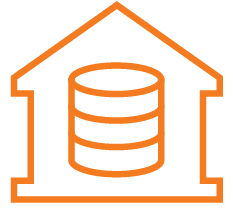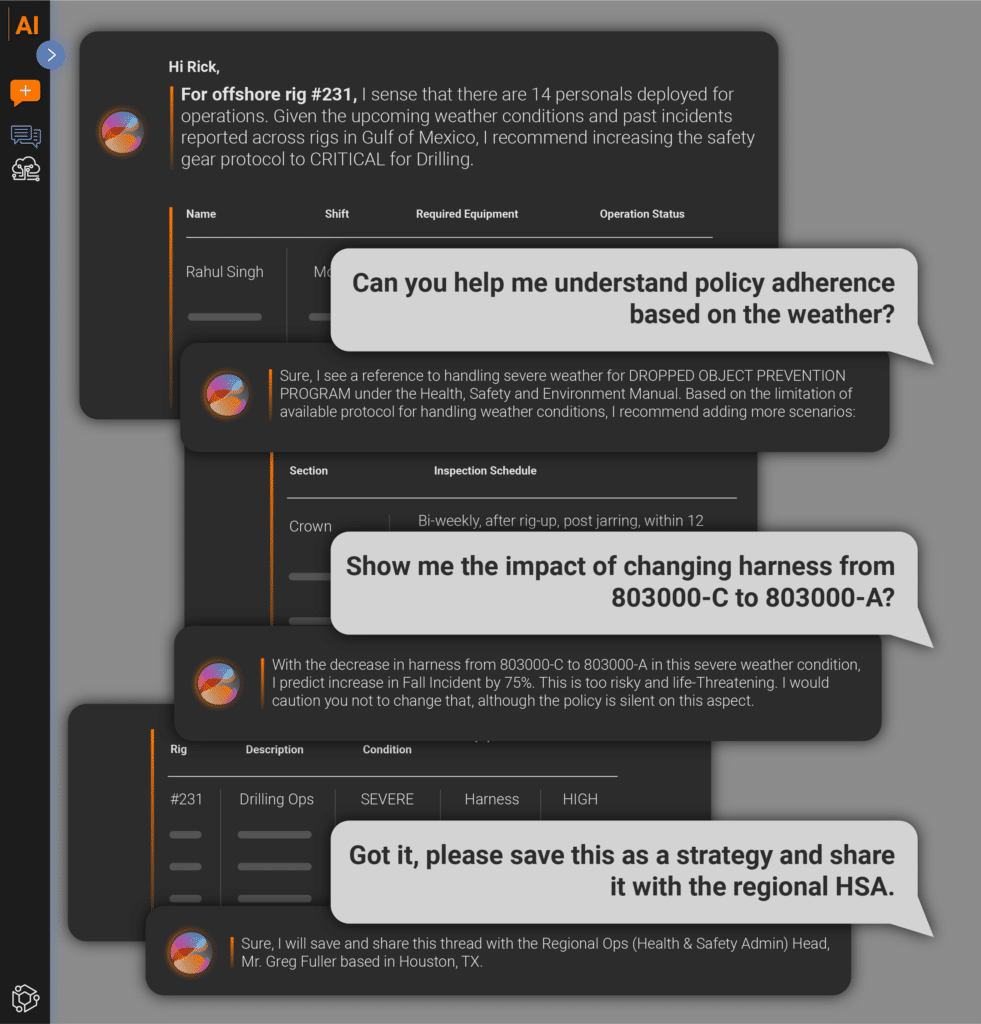The slow rate of adoption for self-service analytics is often a lack-of-data-governance problem. DataFactZ can help you accelerate adoption in 3 simple steps by implementing strong data governance principles:
 Build trust with data governance to help standardize data ingestion
Build trust with data governance to help standardize data ingestion
 Eliminate data silos with a federated environment
Eliminate data silos with a federated environment
 Empower users with self-service analytics at scale
Empower users with self-service analytics at scale
Regardless of delivery model, DataFactZ can empower your team:
-
Defining and standardizing your data across all source systems
-
Data preparation using Tableau data prep
-
Data management using Tableau Data Management
-
Data validation and promotion framework
-
Content Management to provide certified datasets
-
Built-in and custom monitoring to access platform performanceand usability
Our Data Governance Framework
Label
Roles
Process
Objective
Standardize
- Data Owner
- Define data use case
- Identify data owner
- Confirm data rights
Understand and define all data being ingested, stored and vended in our Ecosystem
Data Definition
- Data Steward
- Catalog datasets
- Define business metadata
- Define technical metadata
Bring data into common terms and definitions, allowing for collaborative research and large-scale analytics
Data Quality
- Data Owner
- Define data duality needs
- Profile data
- Implement D.Q. rules
Monitor and measure data quality to ensure “Fit for purpose”
Legal Security / Privacy
- Information Security
- Data Privacy
- Comply with regulatory policies
- Comply with privacy policies
- Comply with Info security policies
Ensure data is secure and protected in alignment with legal, data security, and privacy policy
Audit and Reporting
- Data Steward
- Define reporting needs
- Identify data issues
- Track data issues for resolution
Periodic reporting to ensure compliance and oversight
Content Management
- BI Administrator
- Define environments
- Recognize Organization structure
- Content Structure
- ACL Roles and Rules
Creating a right balance between accessibility and security allowing data to be discoverable by more users
Validation Promotion & Certification
- BI Administrator
- Data Owner
- Data Steward
- Create a content Validation Min acceptable criteria
- Promotion pre and post Requisites
- Content Certification
Establish baseline requirement and approval process to validate, promote and certify content
Our Data Governance Framework
Standardize
Roles
Data Owner
Process
Define data use case
Identify data owner
Confirm data rights
Objective
Understand and define all data being ingested, stored and vended in our Ecosystem
Data Definition
Roles
Data Steward
Process
Catalog datasets
Define bussiness metadata
Define technical metadata
Objective
Bring data into common terms and definitions, allowing for collaborative research and large-scale analytics
Data Quality
Roles
Data Steward
Process
Define data duality needs
Profile data
Implement D.Q. rules
Objective
Monitor and measure data quality to ensure “Fit for purpose”
Legal Security/Privacy
Roles
Information Security
Data Privacy
Process
Comply with regulatory policies
Comply with privacy policies
Comply with Info security policies
Objective
Ensure data is secure and protected in alignment with legal, data security and privacy policy
Audit and Reporting
Roles
Data Steward
Process
Define reporting needs
Identify data issues
Track data issues for resolution
Objective
Periodic reporting to ensure compliance and oversight
Content Management
Roles
BI Administrator
Process
Define environments
Recognize Organization structure
Content Structure
ACL Roles and Rules
Objective
Creating a right balance between accessibility and security allowing data to be discoverable by more users
Validation Promotion & Certification
Roles
BI Administrator
Data Owner
Data Steward
Process
Create a content Validation Min acceptable criteria
Promotion pre and post Requisites
Content Certification
Objective
Establish baseline requirement and approval process to validate, promote and certify content
Data Definition & Management
DataFactZ will use tools such as “Tableau Data Model, Data Extracts, Live Connect, Extracts, and Publish” to ensure that the data (and source) are defined correctly, managed and published to the right users while following organizational data policies and procedures.
Standardization/Preparation
“Tableau Prep Builder and Tableau Prep Conductor” are two very useful tools in Tableau that along with the ETL tool can enrich and prepare data for a self-serve or centralized practice. As part of governance, DataFactZ will ensure that all the rules, policies and procedures are captured and documented as part of governance to ensure that the rules are consistent across all published data models.
Data Quality
Define the process to validate data and build trust in its accuracy for decision making. By using “Tableau Data Management and Catalog” DataFactZ can monitor, measure, and communicate data quality issues. DataFactZ will capture and combine data quality rules and checks from upstream processes along with Tableau data sets to ensure that the rules are consistent from source to consumption.
Security
Establishing security rules is one of the most critical parts of a governance model. Apart from enterprise security standards, DataFactZ can implement additional security measures at the Database and Tableau project and server level, including access to data at a row level, access across network and devices, and by defining different kinds of data and their sensitivity levels to ensure compliance. A framework to automate where possible and streamline some of these steps is what DataFactZ can help you with.
Monitor/Audit/Report
DataFactZ will use inbuilt Tableau monitoring and reporting tools such as Tableau Advanced Management and Resource Monitoring tools along with custom accelerators to allow organizations to get in-depth details of the health and performance of Tableau product. This is to ensure that Tableau is used efficiently by stakeholders to gain insights.
Content Management and Authorization
DataFactZ can organize your entire Tableau project using Tableau Server and Tableau Cloud in a way that administrators can manage easily and help the information to be easily discoverable. It starts with DataFactZ establishing multiple environments such as DEV, UAT and PRD, properly defined roles and ACL rules to access environments, and recognizing organization structure and creation of hierarchy for sites, projects, workbooks, sources and datasets.
Content Validation and Promotion
In this step DataFactZ will establish necessary roles such as owners and stewards to ensure successful validation, certification, and publishing of the workbooks.
Validation is to be done on branding, layouts, formatting, performance, actions. Once the data is validated, a promotion process is established to publish the workbook using the “Content Migration tool“. Certification is an important step in governance that follows validation and promotion as it reduces duplication of workbooks and sources, ensuring the data is vetted for any quality issues.



